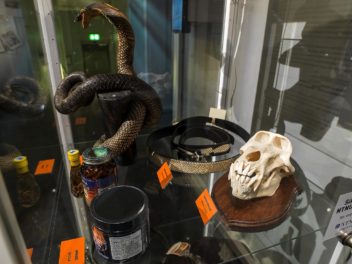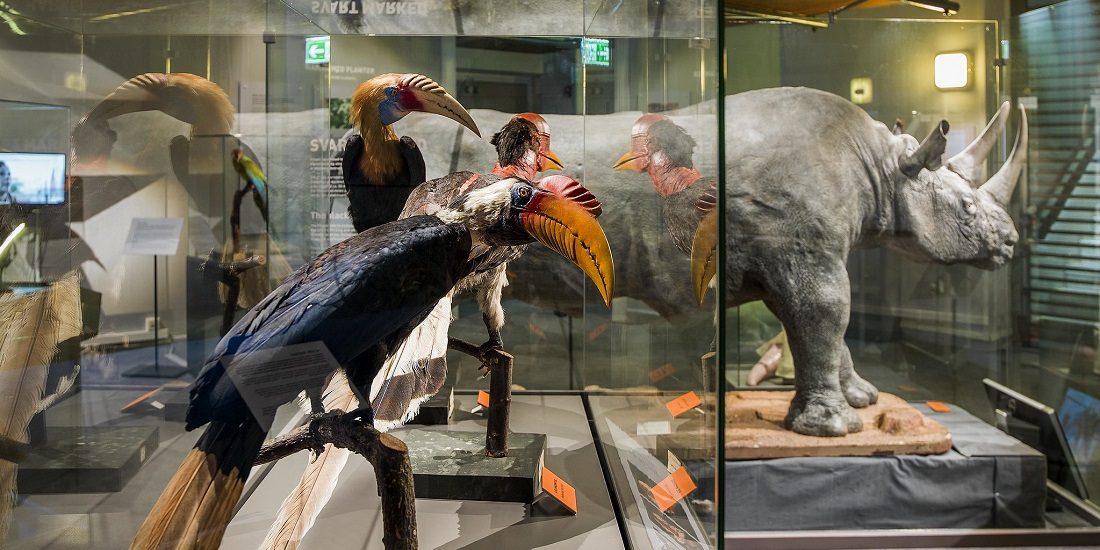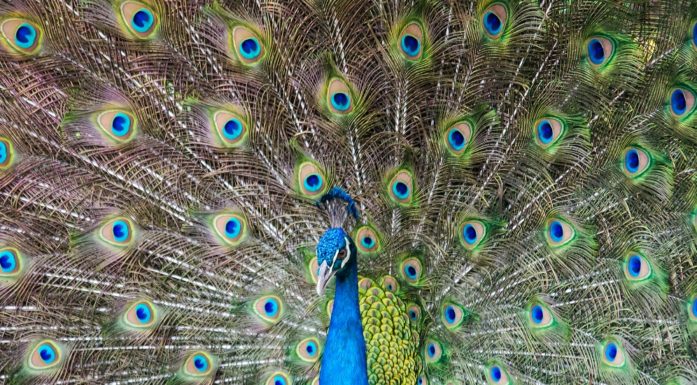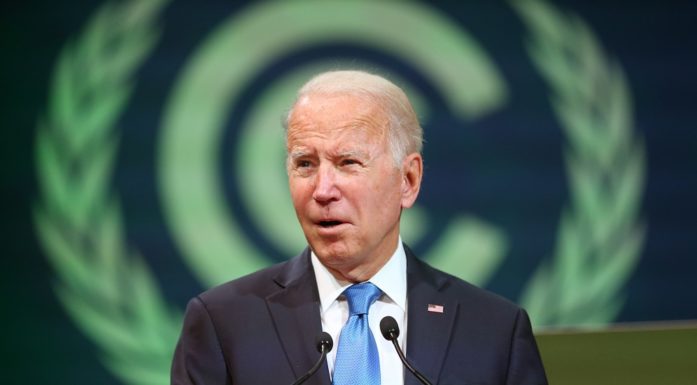$180 million to go toward mapping world’s species
We can’t take care of the Earth’s species unless we know what species exist. A collaborative project that will help us know more is being launched in Trondheim during The Big Challenge science festival.
If we don’t do more to prevent it, the world will face a mass extinction of species. So it seems a little odd that no one has an overview of the Earth’s many species.
“We need to have a biodiversity baseline to be able to compare data, if we want to find a solution for the loss of the world’s diversity of species,” says Professor Anders G. Finstad in the Department of Natural History at NTNU University Museum.
To this end, the BIOSCAN project is being launched at the 8th International Barcode of Life Conference. The event will take place in Trondheim at the same time as The Big Challenge science festival.
BIOSCAN is a collaboration among 31 partner countries that will provide the world with a better overview of life on our planet. And, a recent UN report shows, the need for such an overview is urgent.
- You might also like: Hidden in plain sight
Land use and species harvesting are greatest threats
Global warming is by no means the world’s biggest environmental problem, despite the amount of attention it gets from all sides.
According to studies from the UN’s IPBES initiative presented this spring, changes to land use and direct uses of species pose the greatest threats to the Earth’s species. Climate change falls into third place.
When forests become grazing areas for cattle or residential areas for humans; when fish stocks are taxed too severely, or chimpanzees are hunted and eaten and rivers become water reservoirs for large power plants – these count among the very tangible changes on our globe that the UN believes pose the largest threats.
Partnering with 31 countries
The total cost of the BIOSCAN endeavour is estimated at $180 million. Data from numerous databases will be gathered into one place and made available to everyone.
“The funding isn’t fully in place yet, true, but the urgency is such that the work just has to start, and the rest of the money will have to come later,” explains Professor Torbjørn Ekrem at NTNU University Museum’s Department of Natural History.
The program is being launched in Norway, partly because researchers here have been heavily involved in cataloguing the species’ DNA barcodes.

Human activity is the greatest threat to nature. Photo: Trond Sverre Kristiansen, NTNU University Museum
Genetic barcode
One reason we know so little about the number of species is that so many of them are so similar in appearance. But new methods to distinguish them using small pieces of the organisms’ genetic material have greatly improved in recent years.
“It’s kind of like a crime scene investigation for scientists,” says Ekrem. He is also on the steering committee for NorBOL, the Norwegian arm of the genetic mapping work.
Scientists from many parts of the world have been cooperating on the International Barcode of Life (iBOL), giving each species a unique barcode based on part of the species’ genetic material. For animals, this applies to a specific sequence of their mitochondrial DNA. The barcode consists of four different letters corresponding to the DNA building blocks of the species and is 650 letters long. For plants and fungi, barcodes are based on other parts of the organism’s genome. The mapping results are being made openly available in the BOLD database, a searchable repository for barcode records.
IPBES
- The Intergovernmental Science-Policy Platform on Biodiversity and Ecosystem Services (IPBES) was created by the UN to obtain an overview of the world's species and the reasons for their decline.
- IPBES presented a report in May 2019 that shows we are facing a massive global extinction of species that is unprecedented for humanity.
- Land use change and direct exploitation of species are the two biggest threats to life on Earth, with climate change in third place, according to IPBES.
Norway is assumed to have approximately 60 000 species. Just over 20 000 of these have so far received a barcode through NorBOL. Costa Rica faces a completely different challenge: it may become the first tropical country in the world to map all its species. This tiny nation in Central America may contain one million species, so the project is a hugely ambitious goal.
Ecologist Dan Janzen, who has focused specifically on Costa Rica, will be among the speakers at both the Barcode of Life Conference and The Big Challenge.
- You might also like: Planting the seeds for a bioliterate tropical country
Three main goals
“The iBOL work will continue through the BIOSCAN project and will mainly address three aspects of species diversity,” says Ekrem.
Identifying new species is one aspect. The number of species worldwide is estimated to be about 10 million, but so far only 1.8 million species have been identified and described scientifically.
The interactions between species constitute another theme. For example, many species are interdependent, and if one species dies out, it can take several others down with it.
Species in one place also change over time. Their distribution may be different and perhaps even spread to areas where they become a threat to other species. Using DNA barcoding, scientists will be able to monitor species composition in a completely different way than before.
“The conference this week has many presentations that highlight various issues related to these goals, which makes it a great opportunity to launch the BIOSCAN project,” says Ekrem.





